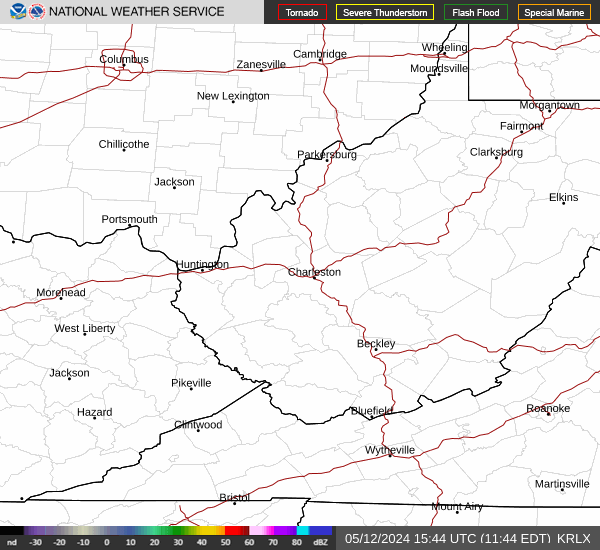Issued: 12am on Thursday, January 1st 1970
Technical Forecast Discussion
Short Term (Sunday 8/18 through Wednesday 8/21)
Despite the major upper forcing north of the region, some mid-level troughing and rippling had influenced some isolated activity earlier this afternoon. Aforementioned upper level trough that has been located just NNW of the Great Lakes will progressively lift further northeast overnight into Monday. As this negatively tilted disturbance lifts further NE into eastern Canada, its associated cold front from the NW will approach the lower Great Lakes by 06z Monday. In nearing the region, the front stalls out along Northern Ohio as strong southwesterly flow dominates in conjunction to a high pressure located along east Tennessee. In addition, WAA and moisture advection will generate for a hot, humid and very unstable environments through this period. Temperatures will consistently near 90 alongside high dewpoints into the lower 70s, which will set up apparent temperatures reaching the mid-90s. With the lack and weak forcing aloft, diurnal convection will be the primary forcing mechanism through Monday afternoon and especially into Tuesday and Wednesday. Any isolated/pulsing development may be strong and/or severe as CAPE values reach between 2500-3500 J/kg, but limited in the speed and directional shearing department. Any rainfall will be heavy at times as precipitable water values will read up to 2.2in. The instability and humidity will persist as the previous stationary front lifts north 00z Wednesday with presence of a more organized system. Simultaneously, the fairly zonal flow aloft will break down as an upper level shortwave digs SE’ly through the upper Mid-West. A moderately intense jet streak along the base of this trough will push flow up to about 120 knots. Upper divergence is expected near eastern Kansas as the right entrance region will promote weak cyclogenesis with future eastward progression. The approaching low and associated cold front from the NW will influence the region late Wednesday and through early Thursday with its passage. Severity is possible, but less likely with the current timing of the cold front that is projected to pass through the area by early on Thursday.
Long Term (Thursday 8/22 through Saturday 8/24)
CAA will quickly follow with the frontal passage early on Thursday (08z-12z), introducing cooler and drier conditions. In conjunction, strong high pressure (1021mb) fills in over the Great Lakes and opens up the late week/early weekend to much lower dewpoints and highs back near the low-mid 80s. This brief break in the pattern looks to come to a close on Sunday as another warm sector begins to influence the region and veer our flow back southerly.




